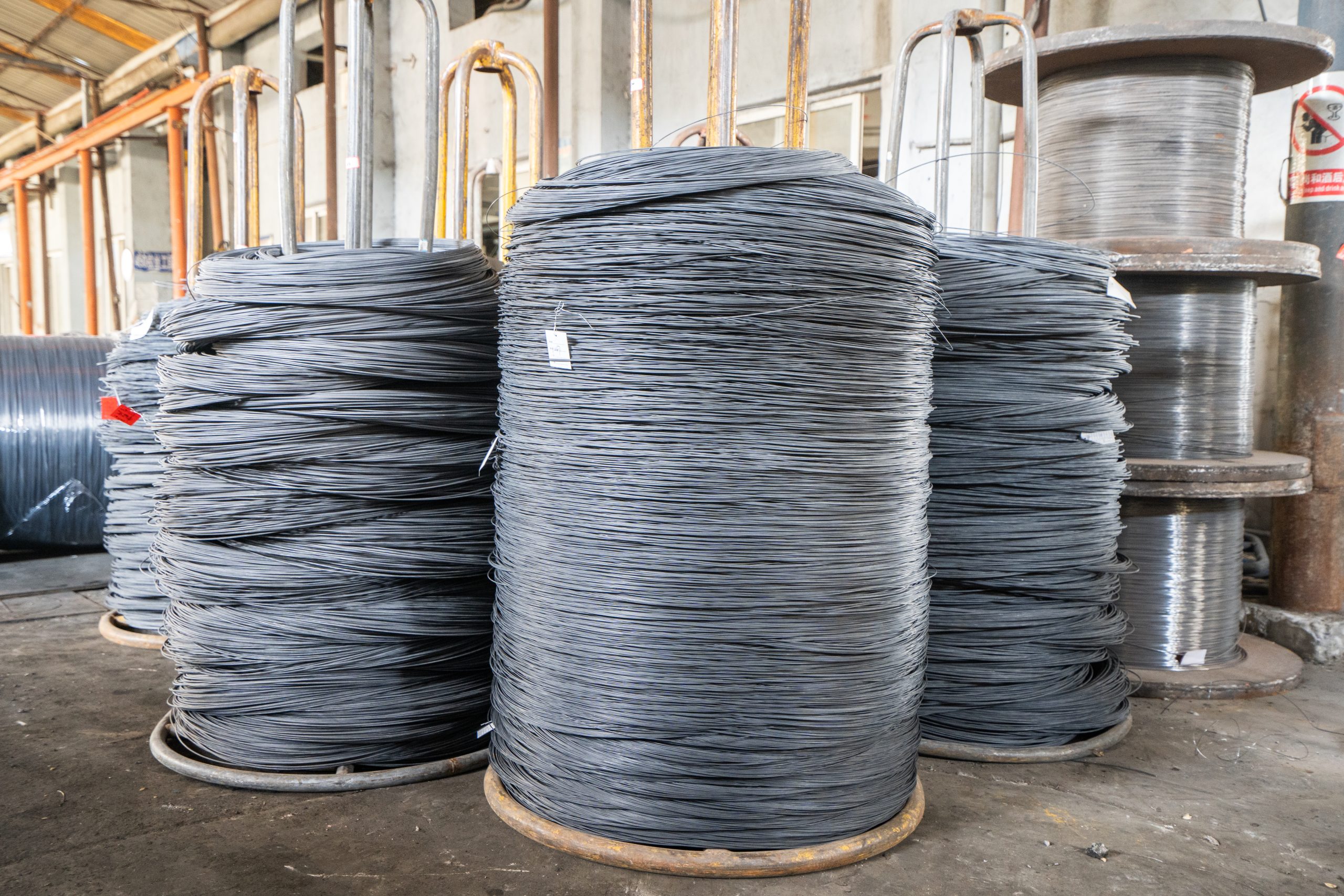Table of Contents
آثار التآكل على سبائك الصلب
من أجل منع تشويه سبائك الفولاذ، من المهم اتخاذ تدابير استباقية لحماية المادة من التآكل. إحدى الطرق الأكثر فعالية لمنع التشويه هي وضع طبقة واقية على سطح الفولاذ. يمكن أن يساعد ذلك في إنشاء حاجز بين المعدن وبيئته، مما يقلل من احتمالية فقدان بريقه. بالإضافة إلى ذلك، يمكن أن يساعد التنظيف والصيانة المنتظمة لسبائك الفولاذ في إزالة أي ملوثات قد تساهم في فقدان البريق.
في بعض الحالات، قد يكون تشويه سبائك الفولاذ أمرًا لا مفر منه نظرًا لطبيعة البيئة التي يتم استخدامها فيها. في هذه الحالات، من المهم مراقبة حالة الفولاذ بانتظام واتخاذ خطوات لمعالجة أي علامات للتشويه قبل أن تتفاقم. قد يتضمن ذلك تنظيف سطح الفولاذ، أو وضع طبقة واقية جديدة، أو حتى استبدال المكونات المتضررة إذا لزم الأمر.
بشكل عام، في حين أن سبائك الفولاذ معروفة بمقاومتها للتآكل، إلا أنها ليست محصنة تمامًا ضد التشويه. يعتمد مدى تشويه سبائك الفولاذ على مجموعة متنوعة من العوامل، بما في ذلك تكوين السبيكة، والبيئة التي يتم استخدامها فيها، وممارسات الصيانة المستخدمة. من خلال اتخاذ تدابير استباقية لحماية سبائك الفولاذ من التآكل، من الممكن تقليل آثار التشويه وإطالة عمر المادة.

In order to prevent tarnishing in Alloy Steel, it is important to take proactive measures to protect the material from corrosion. One of the most effective ways to prevent tarnishing is to apply a protective coating to the surface of the steel. This can help to create a barrier between the metal and its Environment, reducing the likelihood of tarnishing. Additionally, regular cleaning and maintenance of alloy steel can help to remove any contaminants that may contribute to tarnishing.
In some cases, tarnishing in alloy steel may be unavoidable due to the nature of the environment in which it is used. In these instances, it is important to monitor the condition of the steel regularly and take steps to address any signs of tarnishing before it progresses further. This may involve cleaning the surface of the steel, applying a new protective coating, or even replacing the affected components if necessary.
Overall, while alloy steel is known for its resistance to corrosion, it is not completely immune to tarnishing. The extent to which alloy steel tarnishes depends on a variety of factors, including the composition of the alloy, the environment in which it is used, and the maintenance practices employed. By taking proactive measures to protect alloy steel from corrosion, it is possible to minimize the effects of tarnishing and extend the lifespan of the material.

